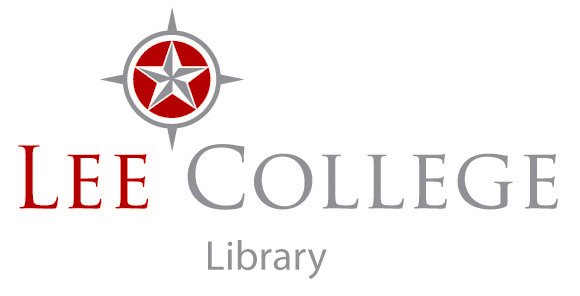Definition of Active Reading
ACTIVE READING simply means reading something with a determination to understand and evaluate it for its relevance to your needs. Simply reading and re-reading the material isn't an effective way to understand and learn. Actively and critically engaging with the content can save you time.
This definition was taken from
The Open University. (2018, August 30). Active reading. Retrieved September 11, 2018, from http://www2.open.ac.uk/students/skillsforstudy/active-reading.php
Credo Reference: Basic Search box (HTML)
ONLINE TUTORIAL
- How To Write An Essay: Evidence and Citation by Ariel BissettEvidence will make your paper strong!
- The Mr. A Show: Active Reading by Yousef AlqamoussiFun way to describe how important Active Reading is to help you understand the articles you read.
ACTIVE READING PROCESS
Necessary Supplies before Actively Reading:
1. Have a dictionary handy to help define words you don't recognize or know
2. Have a pen, pencil, and/or a highlighter
When Reading
1. Take notes on the article
2. Read and re-read passages for understanding and to make connections
3. Ask the following questions about what you are immediately noticing about the article:
- Is it fiction or non-fiction?
- Does it have long drawn out paragraphs or short ones?
- How long is the text?
- What type of writing is it? What Genre?
4. Highlight key ideas or things you will want to remember later
5. Have a good idea of what your thesis is and what this article has to say about your thesis
6. Circle words you don't know the meaning of so you can look them up in the dictionary, your word processor, or Google.
7. Use question marks and boxes to highlight portions of the text you don't understand so you can come back to it later.
8. Write notes in the margins to help you remember what the text was about.
9. Make predictions of the text to see what it might mean later on in the reading.
10. Put stars next to really important concepts or main ideas, things you want to remember, or you found interesting.
11. Write down your own unique ideas in the margin also.
Subject Guide


